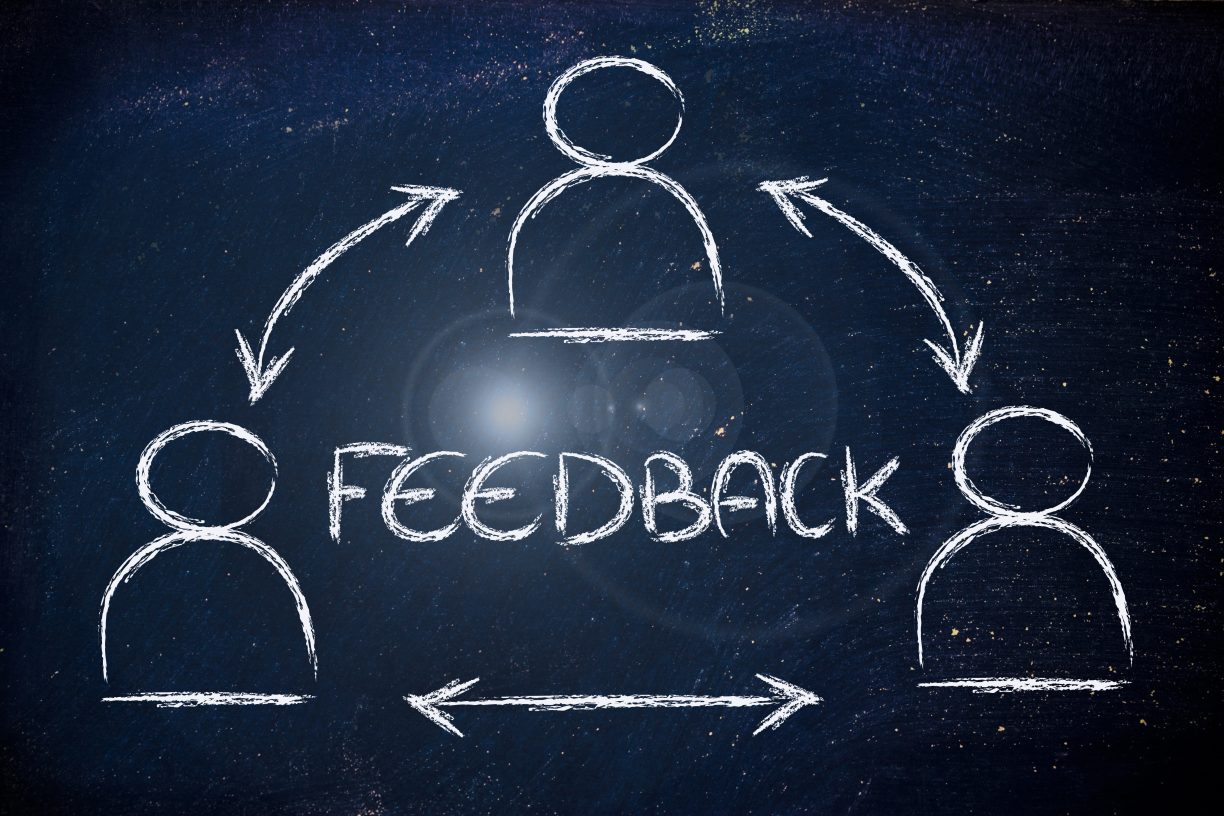Today we want to discuss the best ways to improve employee performance. The ability of an organization to achieve its goals will largely depend on employee performance. Employees who feel fulfilled and are productive can be very important assets in steering an organization toward success. Despite this, though, many managers do find it a challenge to motivate their employees and improve their performance. As a manager, it is vital that you purposefully design workplace structures and supports that can help to lead your team to success. In this article, you will learn why it is important to improve employee performance and some different strategies for maximizing employee satisfaction and productivity.
Why Is It Important To Improve Employee Performance?
Maximizing your team’s performance for the most efficiency can help your organization to accomplish its goals in a timely and cost-effective way. The success of any organization will rely heavily on its employee’s performance. When employees are productive, engaged, and motivated, they can more easily meet the targets that you set for them as a manager. Not only can improving employee performance help your organization to achieve its vision, but it can also improve employee satisfaction. This can help to reduce staff turnover over time.
The talent, experience, and skills that employees bring to a role are very important, but their skills aren’t always enough to help them to produce high-quality work. In fact, how your employees perform depends on a variety of factors. Often, when employees are struggling with their performance, there are other external factors that drive the challenges that managers can actually address, such as:
- Lack of resources or support
- Misunderstanding or organizational vision
- Absence of measurable performance goals
- Inadequate job or skills training
- Insufficient opportunities for development
- Few opportunities to collaborate across teams
- Conflict among team members
As these factors are often outside of an employee’s control, it is up to managers to take on these challenges by making changes to workplace culture and systems. While this kind of transformation of your organization can be a complex task to undertake, it can be well worthwhile and can help to lead your organization to success. By restructuring your organization’s culture to include support mechanisms, feedback opportunities, professional development, and more, you can help your employees to engage with their work and reach the goals that you set for them.
How To Improve Employee Performance
As an organizational leader, you can implement different strategies that might help your team to feel more supported and inspired to perform highly in their roles on a day-to-day basis. While the specifics of each strategy might depend on the type of industry work in and your employee’s individual needs, there are a few foundational approaches that you can take to boost productivity and morale. Here are some effective ways that you can improve employee performance as a manager.
Analyze Performance Metrics
It can be challenging to address inadequate performance without first recognizing where gaps exist in your organizational workflow. To help you to understand how your employees are performing, it’s a good idea to analyze performance metrics on a regular basis. Completing analysis tasks on a regular basis can help you get a better grasp on why your employees aren’t achieving their goals or performing to the best of their potential. You can hold performance appraisals using this article for ‘200 Helpful Phrases For Employee Performance Reviews’ that may help you to identify the root causes behind their performance metrics. After identifying these root causes, you can build systems that are designed to better support your employees to succeed.
Be Purposeful When You Communicate
Managers who can’t communicate effectively can lead employees to experience heightened confusion and disengagement from their roles. Therefore, to avoid these problems, you will want to make it part of your duties to communicate efficiently, regardless of what you are communicating.
When employees better understand their jobs, duties, and purpose, they are more likely to reach the goals that you set for them. With this, you will want to be purposeful when you communicate information like this. Give your employees a clear and actionable description of their responsibilities to help you to establish relevant performance benchmarks.
Stay Goal-Oriented

Photo by Campaign Creators on Unsplash
If employees have clear expectations set out for them, they can more easily meet or exceed these expectations. Because of this, you will want to establish very clear goals that will help your employees to better understand their roles and how their responsibilities fit into the mission of your organization.
It can even be beneficial to create workflow maps for your teams with visuals that help employees picture how tasks are connected, where collaboration could be helpful, and what the end goal of a project is. By keeping a goal-oriented mindset, you can better measure your employee’s ability to reach objectives, which can help to provide real-time support and intervention.
Manage Your Expectations
When you are setting goals for your team, you need to manage your expectations and keep a realistic perspective. Even if you give clear directions, provide specific objectives, and design benchmarks you will use to measure success, but you aren’t thinking practically, then your team won’t improve their performance. Remember not to put too much pressure on your team. Give them enough time to meet deadlines while still producing high-quality work. This can help your team members to stay engaged in working together towards a common goal.
Make Accountability A Priority
Keeping your team accountable for meeting certain standards is an important part of improving employee performance. When your employees perform highly, you can use positive accountability and offer more responsibility or constructive feedback. If your team isn’t meeting your expectations, you need to communicate that by keeping them for their performance and offering support that can encourage more focus and engagement. It is important to keep in mind that you need to balance your accountability measures with authority. You want to avoid negative consequences in most cases, and instead, find ways to help your team to succeed.
Encourage Feedback

Building feedback opportunities into your employee’s workflow can help them to understand how their performance is measuring up to your expectations. These feedback opportunities should occur on a regular basis and be reciprocal. Encourage your employees to give you feedback on how you could better support and lead them. When you give feedback, tell employees about areas they are excelling in and where they might need some improvement. Implementing such a system can help both you and your team to get clear, obtainable guidance on how to achieve your goals together.
Offer Incentives
One of the best methods for improving employee performance is through encouraging your team to be more efficient by offering rewards and other benefits. You could think about offering incentives to recognize when your employee’ perform highly and produce the best work. From organization-wide praise to actual monetary bonuses, you can put in place different incentive programs that might inspire employees to take more initiative in their roles. You could offer more paid time off, bulk Walmart gift cards, bonuses, late passes, meals, wellness programs, or professional development opportunities to show your team that you are invested in their success.
Train And Develop Your Team
When your employees get the training they need to understand their roles and foster their skills, it’s more likely that they will perform their jobs with precisons. You should implement strong training programs when employees transition into their roles that will prepare your employees to succeed. From here, you can encourage continued development through supplemental training programs, professional retreats, conferences, workshops, and coaching systems.
These tactics can help your employees to strengthen their skill sets, which can then help them to improve their performance. Investing in an employee’s development can help to foster a culture of loyalty and respect that might reduce employee turnover and increase engagement.
Promote Internally
It is a common mistake for managers to look for external candidates overly highly qualified internal candidates when a position becomes open. The prospect of a promotion can be a very effective incentive for employees to improve their performance and maximize their efficiency to reach organizational goals.
Don’t overlook your current staff when you are looking for someone to fill a senior role. Your organization’s already trained employees understand your missions, values, and objectives, and awarding them with a promotion can serve as the best reward for great performance. With the potential for career advancement at stake, your employees might take action and improve their work.
Embrace Flexibility
Employees often really value flexibility in their roles. Offering flexible work schedules and telecommuting options to your employees can help them to be more productive and create a sense of trust among your staff. While a lot of managers believe that employees are less productive when they work unmonitored from home, this is a common mistake.
When employees don’t waste time commuting or need to skip work for illness or midday appointments, they can maintain their energy levels, engagement, and productivity in a way that might not be possible otherwise. Try to embrace flexibility for your employees so they can maximize their time. It could lead to higher performance levels throughout your whole team.
Read more lifestyle and business articles at Clichemag.com
Images provided by Pexels, Pixabay, Unsplash and Creative Commons






